Birding the Bay Islands: Mare Island Shoreline & Beyond
By Helen J. Doyle and Evan Weissman
Maybe the birds knew Valentine’s Day was just two days away. Love was in the air, literally. Soon after we left the Mare Island San Pablo Bay Trail parking lot, we were stopped in our tracks by two pairs of Northern Harriers in full airborne courtship display, swooping around each other, showing off their legs and feet, and vocalizing back and forth.
Northern Harriers were also using the sky for stunning displays of romance. Both species are year-round Bay Area residents, feeding on small mammals and birds that also thrive in this marshy, grassland habitat. A thrilling start to birding on Mare Island.
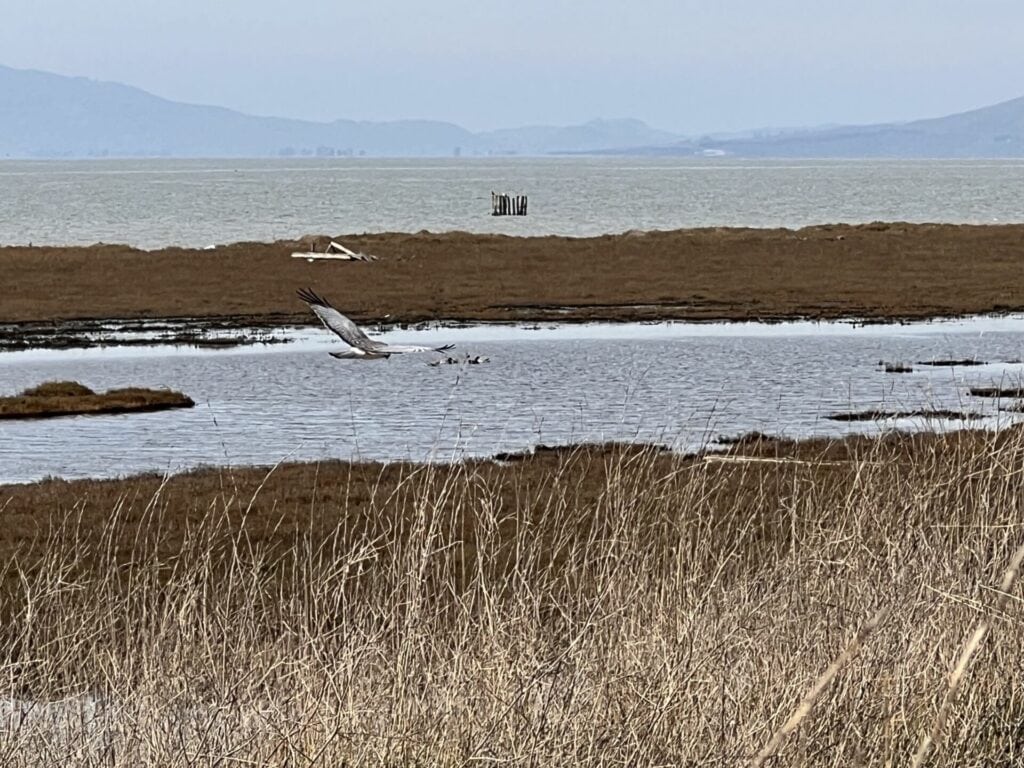 Northern Harriers displayed mating behavior and hunted over the grassland habitat, Helen Doyle
Northern Harriers displayed mating behavior and hunted over the grassland habitat, Helen Doyle
First though, is Mare Island really an island? Its Spanish names suggest it was at one time – Isla de la Plana (Flat Island) around 1775 and later, around 1834, Isla de la Yegua (Mare Island), renamed by Mariano Guadeloupe Vallejo in honor of his white mare who safely swam ashore here after a boat capsized in the Bay in 1835. Soon after that, in 1854, the US Navy opened its first west coast shipyard here. The Navy and shipbuilding dominated Mare Island for almost 150 years, until 1996, changing its landscape to better suit these industrial purposes. Now Mare Island is a peninsula, bordered by the Napa River and the San Pablo Bay, but it’s easy to imagine that the Napa River once flowed more freely into the Bay, creating wetlands dotted with islands like Mare Island. Today those wetlands make up the San Pablo Bay National Wildlife Refuge. Mare Island is not technically part of this refuge, but its wetlands are also being restored as the decades-long decommissioning of the Mare Island Naval Shipyard continues.
To get here, we ferried from San Francisco to Vallejo with our bikes and rode over to Mare Island via the scrappy but solid Mare Island Causeway Bridge, built in 1934. We sited a few morning birds along the Vallejo marina and shoreline park before meeting fellow-birders Jon Altemus and Marilyn Nasatir at the San Pablo Bay Trail parking lot. Despite a reputation for single-mindedness, birders are generous about sharing knowledge and teaching others. We laughed about Marilyn’s story of becoming hooked by birds over three decades ago. After a bird walk in Golden Gate Park, for which she had opera glasses but no binoculars, she thought she’d seen just three types of birds.…

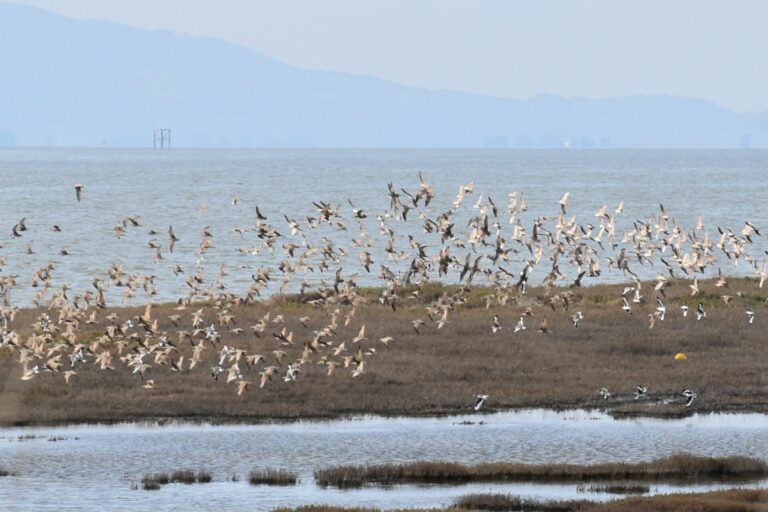
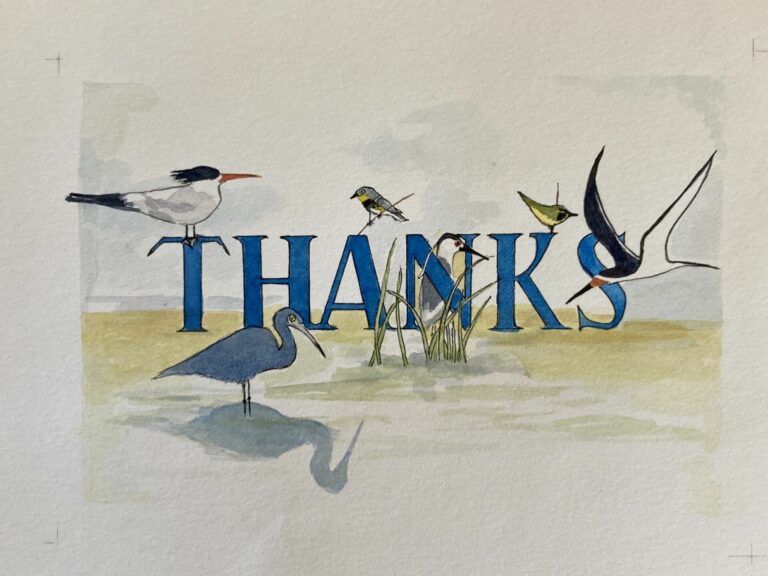
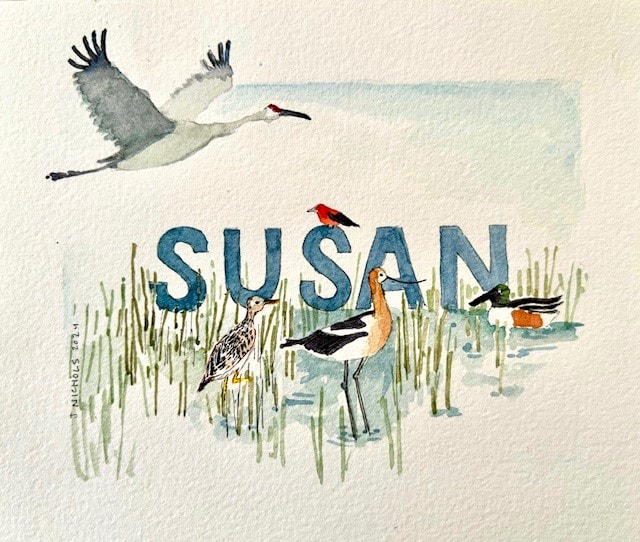 Customized name painting by Jeanette Nichols, with each letter represented by a bird.
Customized name painting by Jeanette Nichols, with each letter represented by a bird.
 Greeting card designs by Jeanette Nichols.
Greeting card designs by Jeanette Nichols.
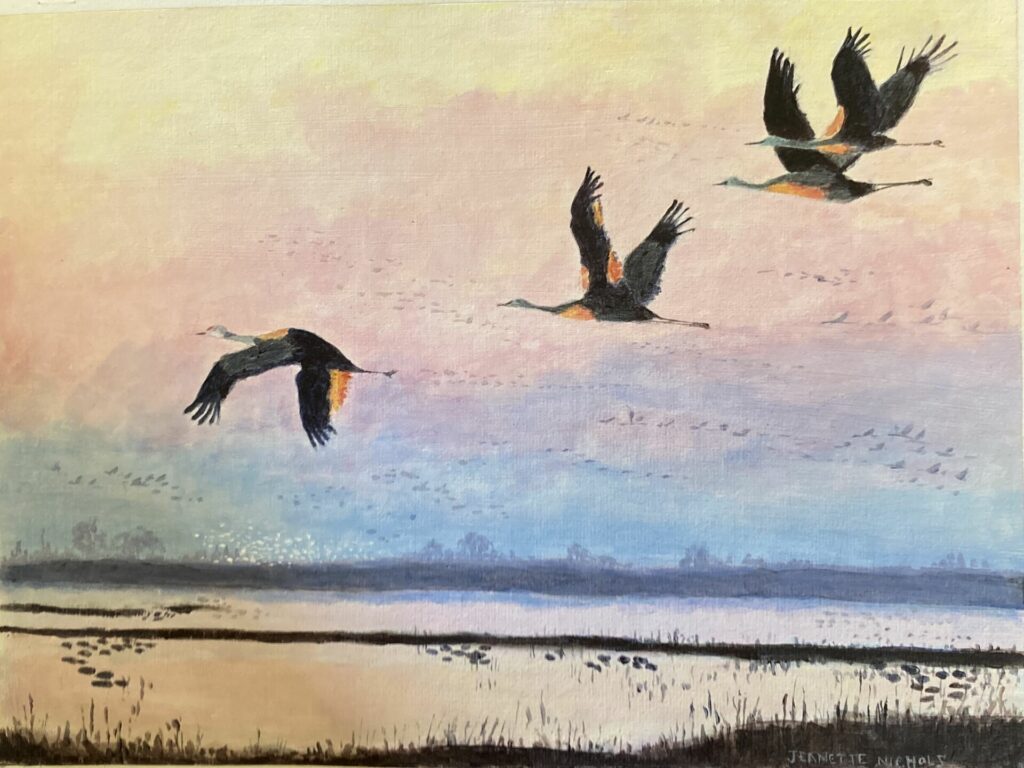 Watercolor of Sandhill Cranes at dusk by Jeanette Nichols.
Watercolor of Sandhill Cranes at dusk by Jeanette Nichols.
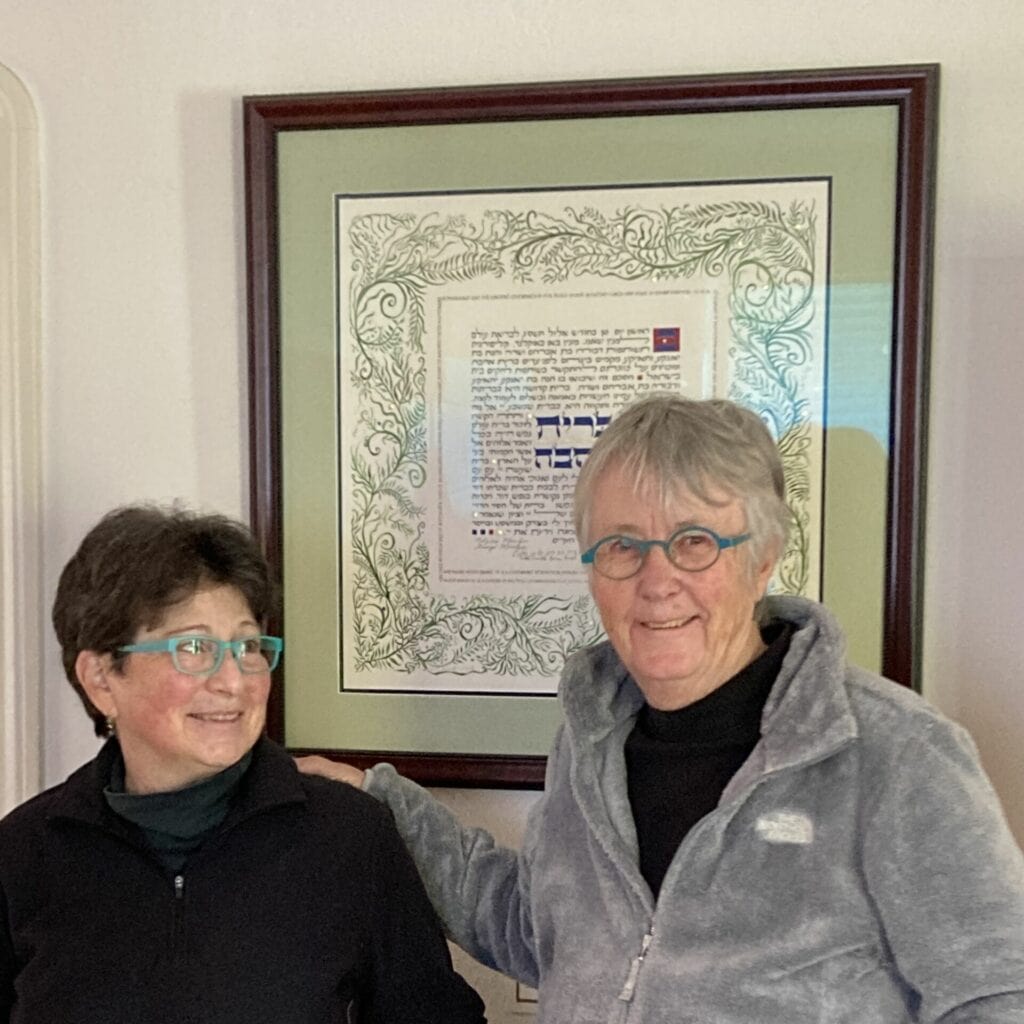 Daryl Goldman and Jeanette Nichols with the ketubah that Jeanette created. Photo by Ilana DeBare.
Daryl Goldman and Jeanette Nichols with the ketubah that Jeanette created. Photo by Ilana DeBare.
 One of the images by Jeanette Nichols in the Sha’ar Zahav prayerbook. Notice the Jewish star-shaped foliage and the birds perched in the branches!
One of the images by Jeanette Nichols in the Sha’ar Zahav prayerbook. Notice the Jewish star-shaped foliage and the birds perched in the branches!
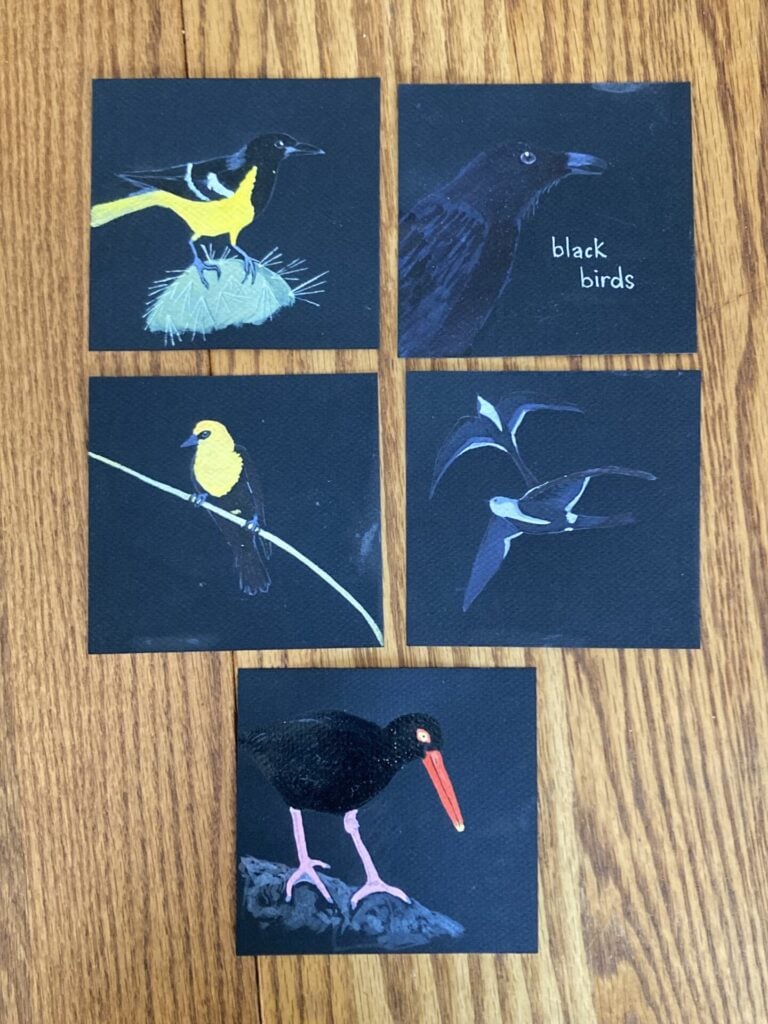 Project portraying black birds on black backgrounds by Jeanette Nichols
Project portraying black birds on black backgrounds by Jeanette Nichols
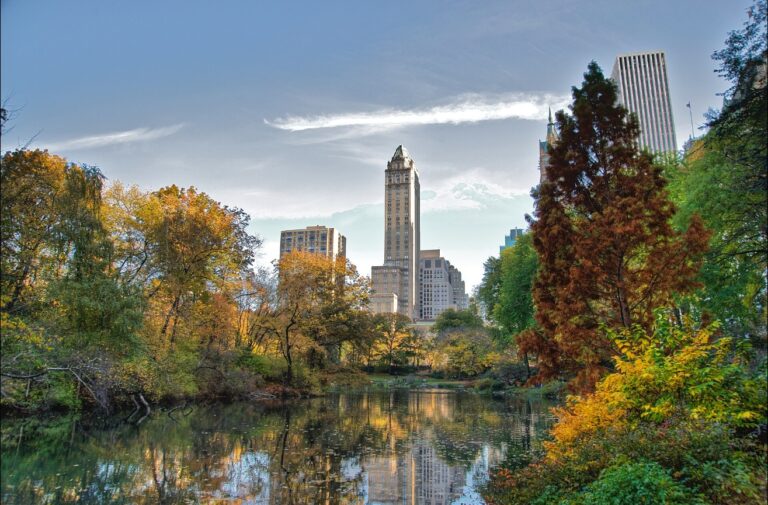
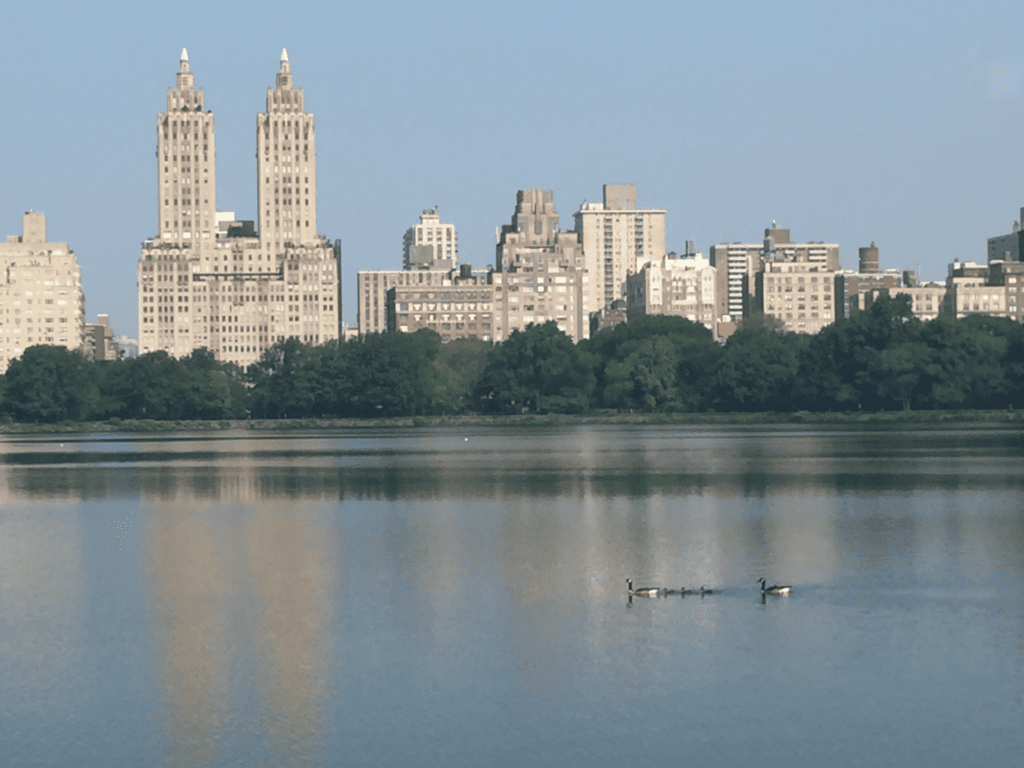 Waterfowl on the Jacqueline Kennedy Onassis Reservoir, with Central Park West in the background. Photo by Ilana DeBare
Waterfowl on the Jacqueline Kennedy Onassis Reservoir, with Central Park West in the background. Photo by Ilana DeBare
 Chestnut-side Warbler. Provided by RHODODENDRITES
Chestnut-side Warbler. Provided by RHODODENDRITES
 Yellow-throated Warbler. Provided by RHODODENDRITES
Yellow-throated Warbler. Provided by RHODODENDRITES
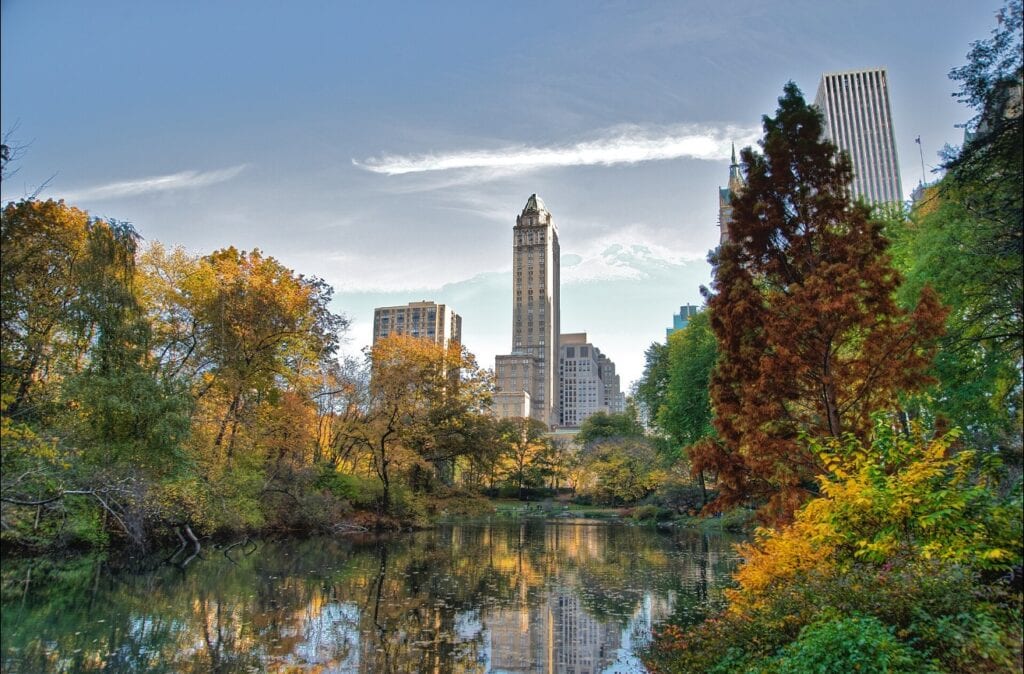 Central Park is an island of green in the middle of the city. Photo by Ed Yourdon
Central Park is an island of green in the middle of the city. Photo by Ed Yourdon

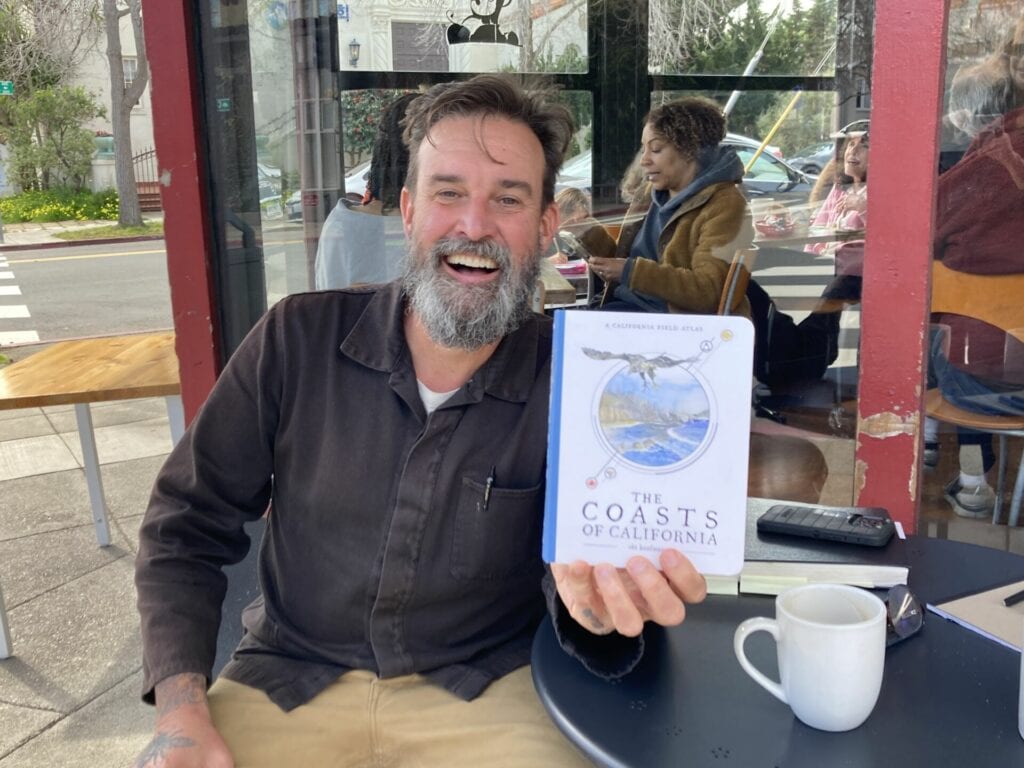 Obi Kaufmann, after signing one of his books that will be included in the 2024 Birdathon Auction by Ilana DeBare.
Obi Kaufmann, after signing one of his books that will be included in the 2024 Birdathon Auction by Ilana DeBare.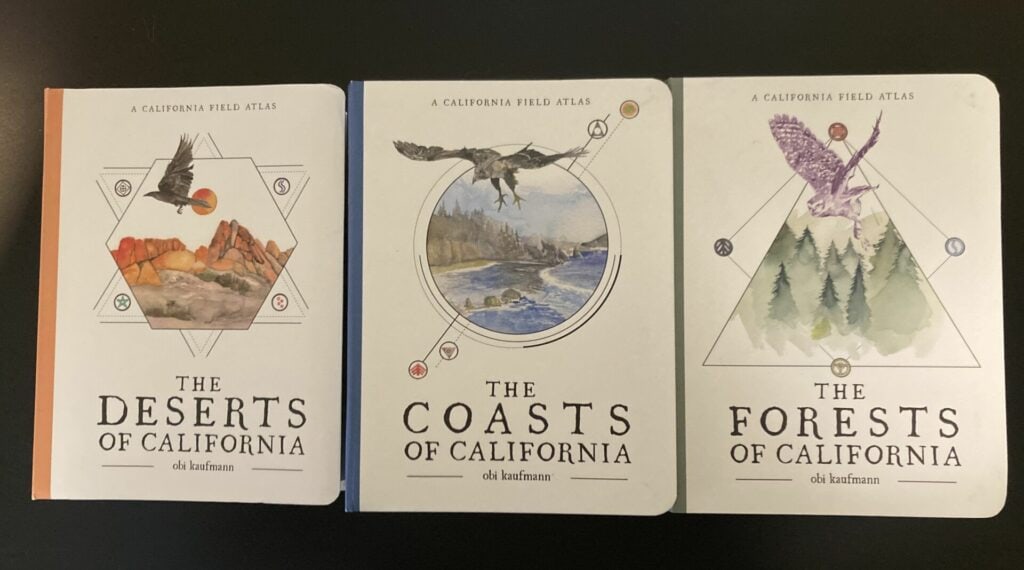 The three books in The California Lands Trilogy by Obi Kaufmann.
The three books in The California Lands Trilogy by Obi Kaufmann.
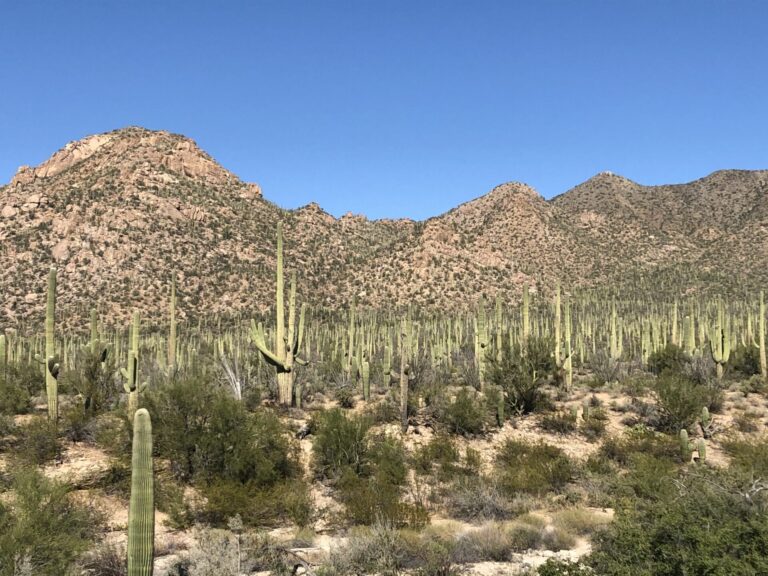
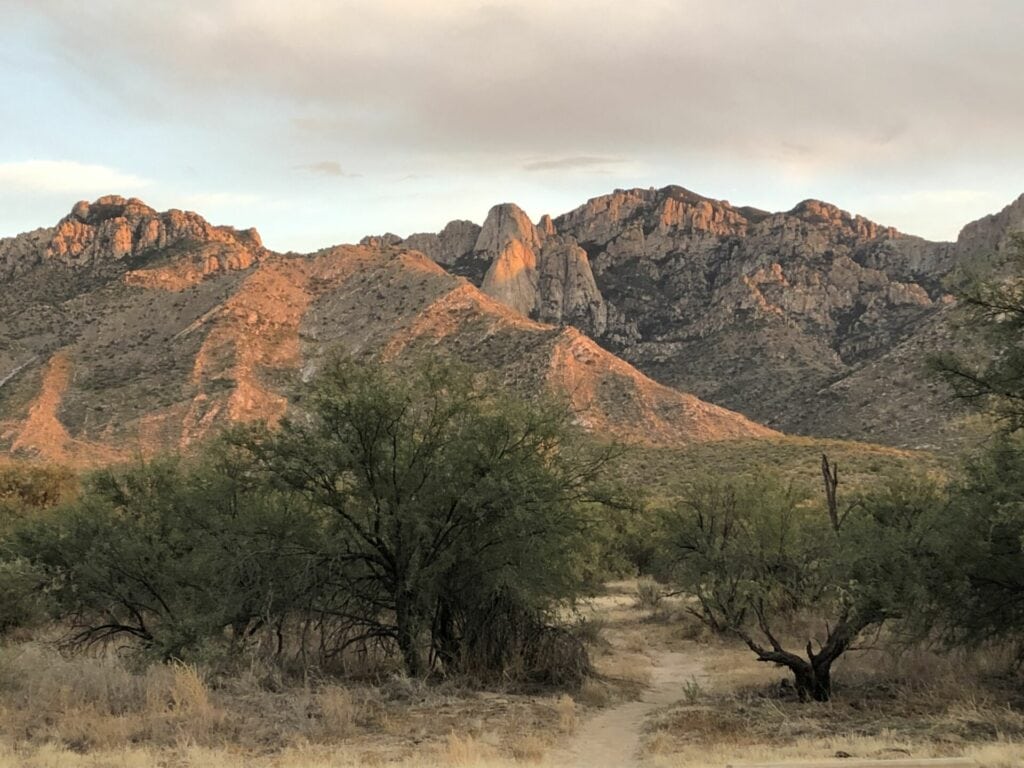 Saguaro NP East by Daryl Goldman,
Saguaro NP East by Daryl Goldman,
 Gila Woodpecker by Gary L Clark,
Gila Woodpecker by Gary L Clark,
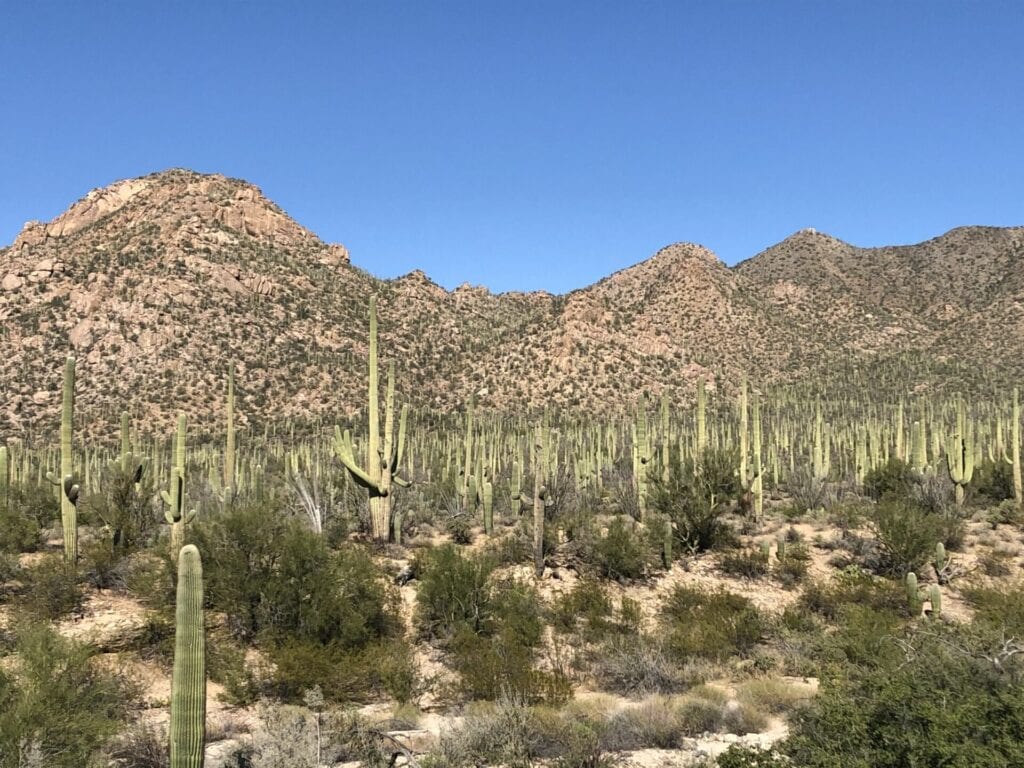 Saguaro NP West by Daryl Goldman
Saguaro NP West by Daryl Goldman